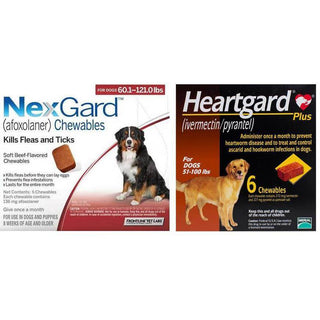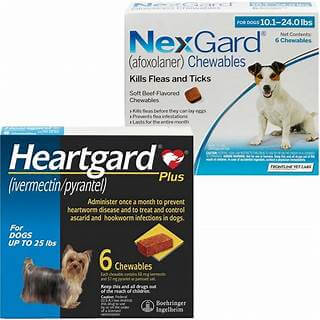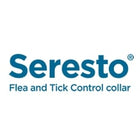
Cats with skin issues often experience intense itching, irritation, and discomfort. Allergies, infections, parasites, or underlying health problems can trigger these conditions. Determining the underlying cause is crucial for providing the right treatment and ensuring lasting relief.
In this guide, we’ll explore the most common skin conditions in cats, key symptoms to look out for, and the best treatment options to keep your feline healthy and comfortable.
10 Common Skin Conditions in Cats: Causes, Symptoms, and Treatments
Cats can develop a range of skin issues that lead to itching, irritation, hair loss, and overall discomfort. Below are some of the most common skin conditions that affect felines.
1. Flea Allergy Dermatitis (FAD)
- Cause: Allergic reaction to flea saliva
- Symptoms: Intense itching, excessive grooming, hair loss (especially near the base of the tail), red or inflamed skin
- Treatment: Flea prevention (topical or oral medications), antihistamines, steroids, and soothing shampoos
2. Ringworm (Fungal Infection)
- Cause: A fungal infection, not a worm
- Symptoms: Circular bald patches, scaly or crusty skin, dandruff, brittle fur
- Treatment: Antifungal shampoos, oral antifungal medications, and environmental decontamination
3. Mange (Mite Infestation)
- Types: Demodectic mange (less common), Sarcoptic mange (contagious)
- Symptoms: Intense itching, hair loss, scabs, and redness
- Treatment: Medicated dips, oral treatments, and topical medications
4. Ear Mites
- Cause: Otodectes cynotis mites
- Symptoms: Head shaking, excessive scratching of ears, black or dark brown waxy discharge
- Treatment: Prescription ear drops, cleaning ears, and parasite treatments
5. Feline Acne
- Cause: Blocked hair follicles, bacteria, or an allergic reaction (plastic bowls may contribute)
- Symptoms: Blackheads, red bumps, crusty sores (usually on the chin)
- Treatment: Antiseptic wipes, medicated shampoos, and sometimes antibiotics
6. Allergies (Food or Environmental)
- Cause: Reactions to food, pollen, dust, or household chemicals
- Symptoms: Itchy skin, excessive licking, red patches, ear infections, gastrointestinal issues (if food-related)
- Treatment: Eliminating allergens, antihistamines, steroids, and hypoallergenic diets
7. Abscesses (Infected Wounds)
- Cause: Usually from bites or scratches during fights
- Symptoms: Swelling, pain, pus-filled lump, fever
- Treatment: Draining the abscess, antibiotics, and wound care
8. Hyperthyroidism-Related Skin Issues
- Cause: Overactive thyroid gland (common in older cats)
- Symptoms: Patchy hair loss, greasy fur, excessive grooming
- Treatment: Thyroid medication, dietary changes, or surgery
9. Dry Skin and Dandruff
- Cause: Poor diet, dehydration, underlying illness, or environmental factors (dry air)
- Symptoms: Flaky skin, dull fur, itching
- Treatment: Omega-3 supplements, improving hydration, and moisturizing shampoos
10. Stud Tail (Supracaudal Gland Hyperplasia)
- Cause: Overactive sebaceous glands near the tail
- Symptoms: Oily buildup, blackheads, hair loss at the base of the tail
- Treatment: Regular cleaning, medicated shampoos, and sometimes hormonal treatments
Effective Treatment for Skin Conditions in Cats
Treating skin conditions in cats requires identifying the underlying cause. Addressing the root problem is key to ensuring effective treatment, long-term relief, and maintaining healthy skin.
Common Treatments for Cat Skin Conditions
Depending on the diagnosis, treatment may include:
- Medications for Infections – Bacterial and fungal infections in cats are managed using oral or topical treatments, including antibiotics for bacterial infections and antifungal medications for fungal-related issues.
- Allergy Management – Cats with food or environmental allergies may require antihistamines, steroids, or immunomodulating drugs to reduce inflammation and itching.
- Parasite Control – Fleas, ticks, and mites are managed with veterinary-approved flea and tick preventives like Bravecto Plus or other spot-on treatments.
- Stress & Anxiety Relief – If excessive grooming is caused by stress, behavioral therapy, fluoxetine (a calming medication), or pheromone diffusers like Feliway may help.
- Surgical Intervention – Large lumps, cysts, or cancerous growths may require surgical removal, especially if they affect mobility or cause discomfort.
When to See a Veterinarian
If your cat is experiencing ongoing skin issues like hair loss, sores, or constant scratching, it's essential to seek veterinary care for a personalized treatment plan. Taking early action can prevent complications and help keep your cat healthy, comfortable, and free from skin issues.
Keeping your cat’s skin healthy involves regular grooming, a balanced diet, and parasite prevention. Addressing skin issues early ensures your feline friend stays comfortable and itch-free!






